Don't miss our holiday offer - up to 50% OFF!
Golf Clubs for Beginners: How to Choose the Right Set for Your Game
Discover the best golf clubs for beginners! Unlock your potential with perfect club selection and top picks.
Introduction
Taking up golf is an exciting journey, but for many beginners, the first challenge comes long before stepping onto the tee box—it starts with choosing the right clubs. Walk into any golf store or browse online, and you’ll be greeted with an overwhelming selection: drivers with flashy adjustable hosels, irons boasting breakthrough technology, wedges with grooves so sharp they look like razors, and putters promising the secret to sinking every putt. For someone just starting out, this variety can feel more like a barrier than an opportunity. Should you buy a full set right away? Do you really need a $500 driver? And what’s the difference between a hybrid and a fairway wood anyway?
The truth is, golf is already a complex sport. You’re trying to learn proper grip, stance, swing mechanics, and course strategy all at once. The last thing you need is to be burdened by equipment that’s too advanced, too expensive, or simply ill-suited to your needs as a beginner. The right clubs won’t magically make you a scratch golfer, but they will make learning easier, more forgiving, and far more enjoyable. Choosing wisely at the start means fewer frustrating rounds and a smoother path to improvement.
In this guide, we’ll walk through everything you need to know about golf clubs as a beginner: which ones are essential, what features to look for, how to balance performance with budget, and even some specific recommendations for complete beginner sets and individual clubs that deliver great value. By the end, you’ll feel confident about building a set that matches your skill level, supports your progress, and keeps the game fun rather than frustrating.
What Beginners Need vs What’s Overkill
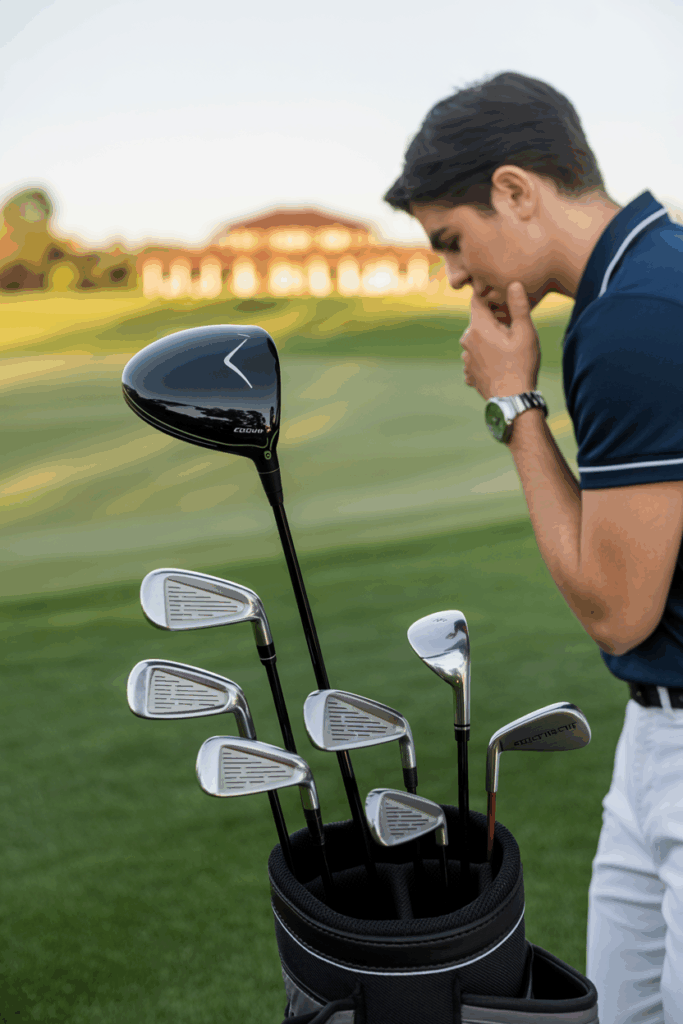
One of the biggest mistakes new golfers make is assuming they need the same number of clubs and the same level of technology as experienced players. The reality is that beginners don’t need a 14-club arsenal to get started. In fact, trying to learn with a fully loaded bag can sometimes slow your progress because you’re overwhelmed by choice and distracted by equipment that demands precision you haven’t yet developed.
For a beginner, a basic set of 7–10 clubs is usually more than enough. This typically includes a driver, a fairway wood or hybrid, a few mid-irons (like a 6 and 8 iron), a pitching wedge, a sand wedge, and a putter. These clubs cover all the distances and shot types you’ll encounter as you learn the game without cluttering your bag or your decision-making process. Many manufacturers sell beginner “package sets” that include these essentials, often with a stand bag and sometimes even headcovers. These sets are designed to be budget-friendly and performance-oriented, focusing on forgiveness and ease of use rather than fine-tuned adjustability.
On the other hand, what you don’t need at this stage are highly specialized wedges, ultra-low-lofted drivers, or advanced irons built for workability rather than forgiveness. Clubs designed for professionals or low-handicap players often feature smaller sweet spots, less offset, and reduced forgiveness—attributes that punish mis-hits rather than helping you learn from them. Adjustable drivers and irons with multiple shaft options may sound appealing, but for a beginner, these features rarely translate into noticeable benefits. Instead, they just add complexity and cost.
Another area where beginners can fall into the “overkill” trap is shaft selection. While shaft flex and material are important, you don’t need to stress over tour-level custom fitting in your early days. A standard graphite shaft with a regular flex will suit the vast majority of beginners, offering a good balance of light weight, forgiveness, and ease of launch.
In short, beginners should prioritize simplicity and forgiveness over complexity and precision. A streamlined set that focuses on the basics will make learning easier, keep costs manageable, and still provide all the tools you need to develop your skills. As your swing becomes more consistent and your knowledge of the game grows, you can gradually upgrade or add clubs tailored to your style. But for now, less really is more.
Key Club Types & Their Roles
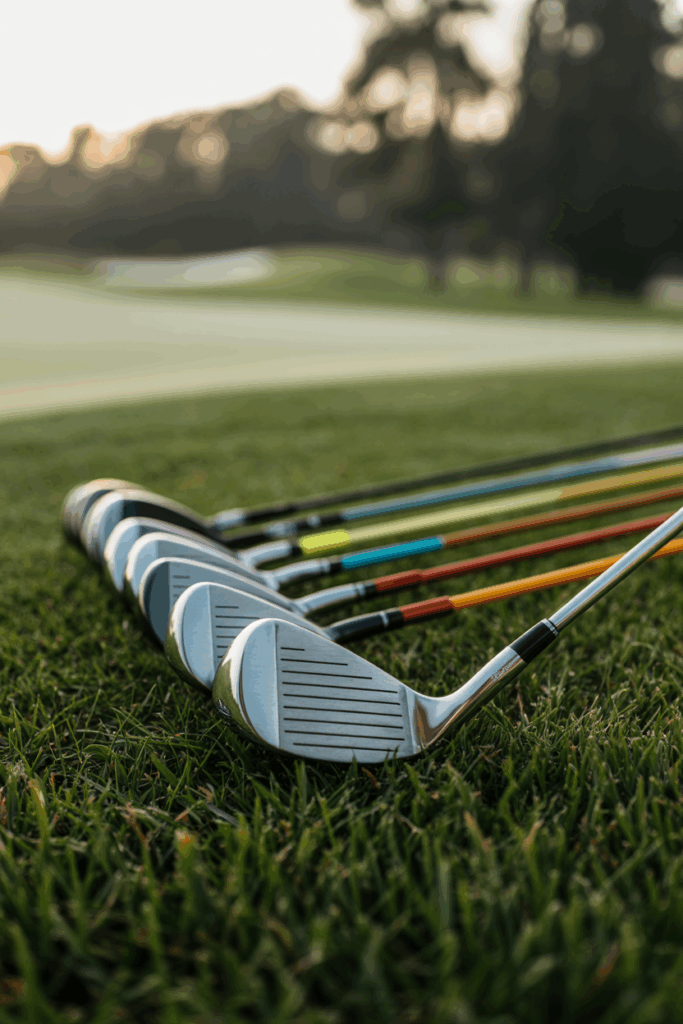
Understanding what each type of golf club does is essential when building your first set. Golf isn’t a one-size-fits-all game, and neither are clubs. Each one is designed for specific situations on the course, from blasting drives down the fairway to delicately chipping onto the green. Knowing the purpose of each category will help you make smarter decisions about what belongs in your beginner bag.
🏌️ Driver & Fairway Woods
The driver is the club most beginners dream about—it’s long, powerful, and made for tee shots that sail down the fairway. For beginners, choosing a driver with a larger clubhead (460cc, the legal maximum) and higher loft (10.5° to 12°) makes hitting the ball easier and helps generate more distance even on mis-hits. Fairway woods, typically 3-woods or 5-woods, are useful for long shots off the fairway when accuracy and distance are equally important. They’re designed to launch the ball higher than drivers and can be easier for beginners to control.
🔄 Hybrids vs. Long Irons
One of the best developments in golf equipment for beginners is the hybrid club. Designed as a cross between irons and woods, hybrids replace the notoriously difficult long irons (like the 3- and 4-iron) with a more forgiving option. Hybrids feature a wider sole, lower center of gravity, and more loft, making it much easier to launch the ball into the air. For most beginners, hybrids are a must-have, offering consistency and confidence that long irons rarely deliver.
🎯 Irons & Wedges
Irons make up the bulk of your bag and are used for a wide variety of shots, typically ranging from 120 to 200 yards depending on the club. Beginner-friendly irons often feature cavity backs, perimeter weighting, and wider soles—all of which increase forgiveness and help launch the ball more easily. Wedges, on the other hand, are specialized irons used for short approach shots, chips, and bunker play. For beginners, a pitching wedge and a sand wedge are the most useful. The pitching wedge covers approach shots from around 100 yards, while the sand wedge is invaluable for escaping bunkers and hitting high, soft shots around the green.
⛳ Putters
The putter may not look as exciting as a driver, but it’s arguably the most important club in your bag. Beginners should focus on finding a putter that feels comfortable, inspires confidence, and has alignment aids to help with accuracy. Mallet putters, with their larger heads and balanced weighting, are often easier for beginners to use than traditional blade putters, as they provide more forgiveness on off-center strikes.
By understanding the unique role each club plays, you’ll be better equipped to select the right mix for your game. Rather than chasing after every option, you’ll have a clear sense of which clubs are essential, which can wait, and how each piece contributes to building a reliable, beginner-friendly set.
What to Look for in Beginner Clubs
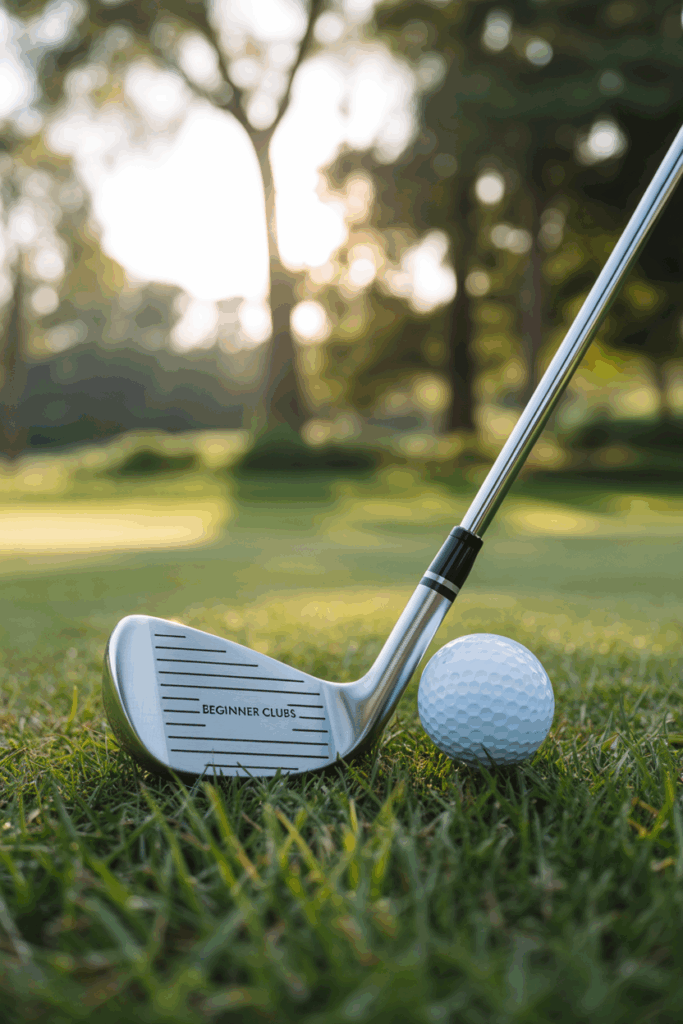
Choosing clubs isn’t just about knowing their categories—it’s about identifying the features that make them beginner-friendly. While professional golfers may look for precision and control, beginners should seek out designs that maximize forgiveness, launch, and consistency. These qualities make it easier to get the ball airborne, reduce the impact of mishits, and build confidence round after round.
⚙️ Forgiveness Above All Else
Forgiveness is the number one priority for beginners. Clubs with larger clubfaces, cavity-back designs, and perimeter weighting expand the sweet spot and reduce the punishment for off-center strikes. Game-improvement irons and oversized drivers are designed specifically to help newer players enjoy more consistent results even when their swings aren’t perfect.
🎈 Loft and Launch
For beginners, higher lofts are generally more beneficial. A driver with 10.5° to 12° of loft is much easier to launch than a low-lofted 8.5° or 9° model favored by professionals. Similarly, irons with slightly stronger lofts and hybrids with generous face angles can help beginners get the ball in the air with less effort, which is crucial for building confidence and distance control.
🪶 Shaft Flex and Material
The shaft is often called the engine of the club, and for good reason. Beginners should look for graphite shafts, which are lighter and easier to swing than steel. As for flex, most beginners are best suited to a regular flex, which balances flexibility with stability. Choosing the wrong shaft flex can lead to slices, hooks, or loss of distance, so it’s important to start with something that matches your swing speed.
📏 Club Length and Grip Size
Clubs that are too long or too short can cause swing inconsistencies. While full custom fittings aren’t necessary at the start, paying attention to club length is still important. If you’re taller or shorter than average, many brands offer beginner sets with length-adjusted options. Similarly, grips that are too large or too small can affect your hold and lead to poor control. Beginners should ensure grips feel natural in the hands, with fingers wrapping comfortably around without overlap or strain.
👀 Visual Confidence
Finally, don’t underestimate the importance of looks. A club that inspires confidence at address can have a real impact on your swing. Beginners often prefer clubs with thicker toplines, a bit of offset, and designs that look solid and friendly rather than sleek and intimidating. Confidence breeds better swings, and better swings lead to faster progress.
By focusing on these beginner-friendly features—forgiveness, loft, shaft flex, proper length, and visual confidence—you’ll ensure your clubs work with you rather than against you as you learn the game. The right equipment won’t replace practice, but it will make the process much smoother and more enjoyable.
Budgeting & Buying Strategies
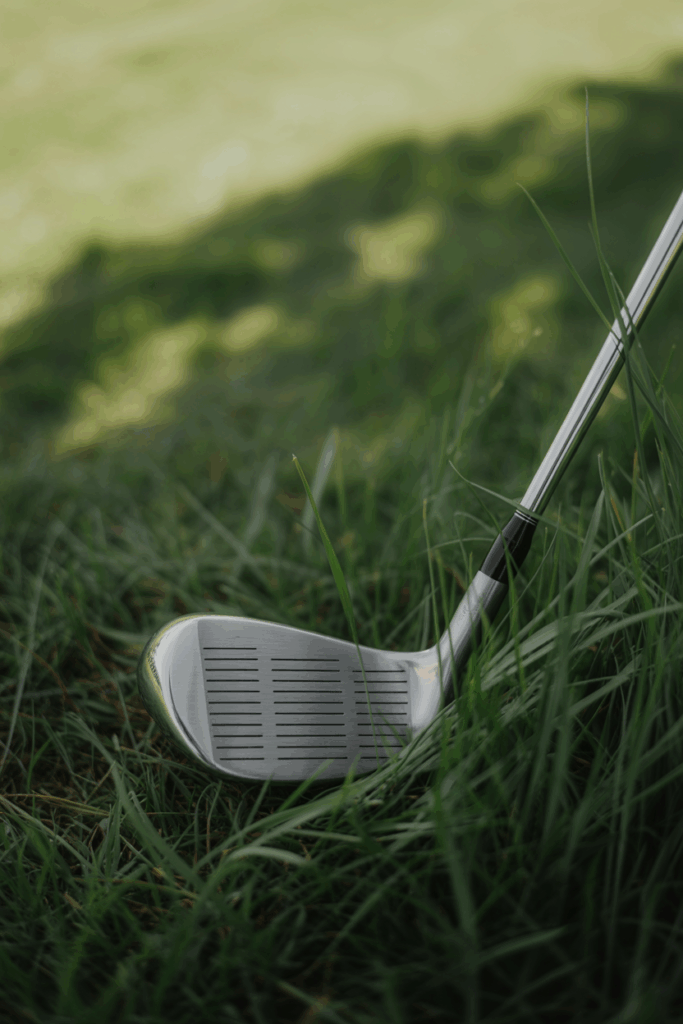
One of the most intimidating aspects of buying golf clubs as a beginner is the price tag. It’s no secret that golf can be an expensive sport, and high-end clubs often cost hundreds of dollars each. But here’s the good news: as a beginner, you don’t need to spend a fortune to get started. In fact, being smart with your budget can save you money while still equipping you with clubs that perform well and help you learn the game.
💰 How Much Should You Spend?
A reasonable budget for a complete beginner set—including a driver, fairway wood or hybrid, a few irons, a wedge, and a putter—typically falls in the $300 to $700 range. These sets often come packaged with a bag and headcovers, making them an excellent value. While it’s tempting to jump straight into premium gear, investing modestly at the start allows you to focus on developing your skills without the pressure of justifying a huge expense.
🆕 New vs. Used Clubs
Buying used clubs can be a smart move for beginners, especially if you’re unsure how committed you’ll be to the game long-term. Many golf shops, online retailers, and marketplaces offer gently used clubs at a fraction of the price of new ones. Just be sure to inspect for worn grips, dented clubheads, or bent shafts. If you’re buying online, stick to reputable sellers with clear return policies.
📦 Package Sets vs. Building Your Own Bag
For most beginners, a package set is the simplest and most cost-effective way to get started. Brands like Callaway, Wilson, and Cobra offer beginner-friendly sets that include all the essentials, matched for forgiveness and ease of use. As you gain experience, you can begin replacing individual clubs with upgraded models that fit your swing.
Building your own bag—choosing individual clubs from different brands—can be rewarding, but it often costs more upfront and requires more knowledge about equipment. If you’re new to the game, it’s best to start simple and gradually upgrade as you learn.
🧑🔧 Do You Need a Fitting?
Custom fittings can be invaluable for experienced golfers, but for beginners, they aren’t strictly necessary. That said, even a basic fitting to ensure proper club length, shaft flex, and grip size can make a difference in comfort and performance. Many retailers offer free or low-cost fittings when you purchase a set, so take advantage if it’s available.
🏷️ Watch for Deals
Finally, keep an eye on sales cycles. Golf equipment often goes on sale when new models are released, which means you can snag last year’s technology—still highly effective—for a steep discount. End-of-season sales are another great opportunity to save money on quality gear.
The key is to remember that as a beginner, your clubs are tools for learning, not trophies for display. Invest wisely, focus on value, and upgrade gradually as your skills and commitment to the game grow.
Specific Club & Set Recommendations
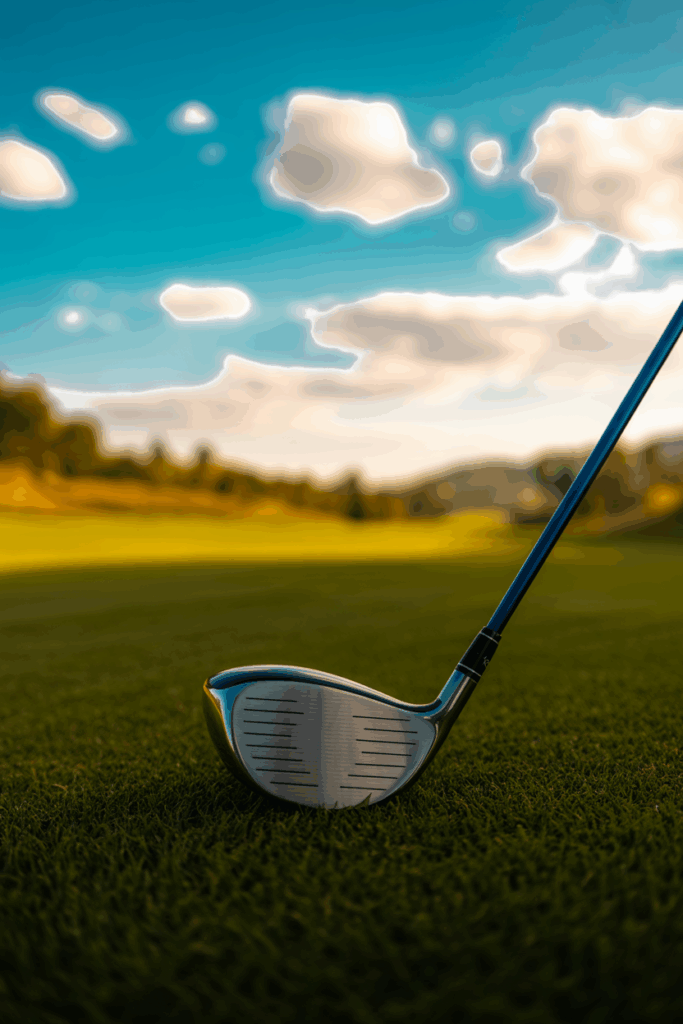
With so many options available, it helps to have a few tried-and-true recommendations. While the perfect set will vary depending on your height, strength, and budget, some clubs consistently earn high marks for being beginner-friendly. Here are a few categories and examples to consider:
🏌️ Complete Beginner Sets
- Callaway Strata Set – Widely regarded as one of the best beginner sets, the Strata includes a driver, fairway wood, hybrids, irons, wedges, and a putter. It offers a balance of forgiveness, quality, and affordability.
- Wilson Profile SGI Set – Designed specifically with forgiveness in mind, this set is available in multiple sizes (men’s, women’s, tall, and senior), making it versatile for players of different builds.
- Cobra Fly XL Set – A premium option that still focuses on ease of launch and forgiveness, ideal for beginners who want a higher-quality starter set.
🎯 Forgiving Drivers
- TaylorMade RBZ Black Driver – Lightweight and forgiving, with a large sweet spot that helps beginners achieve distance without sacrificing control.
- Callaway Rogue ST MAX – Known for its high MOI (moment of inertia) and stability on off-center hits, perfect for golfers still learning to control their drives.
🔄 Hybrids to Replace Long Irons
- Cleveland Launcher Halo Hybrid – Offers easy launch, forgiveness, and consistent performance, making it ideal for replacing long irons.
- Ping G425 Hybrid – A slightly more premium choice, but extremely forgiving and beginner-friendly.
🪨 Game Improvement Irons
- TaylorMade SIM2 Max Irons – Designed with forgiveness and distance in mind, these irons help beginners hit higher, straighter shots.
- Callaway Big Bertha B21 Irons – Oversized heads and wide soles provide excellent forgiveness, perfect for new players.
⛳ Wedges & Putters
- Cleveland CBX2 Wedge – A cavity-back wedge that offers forgiveness while still giving good spin and control.
- Odyssey White Hot OG Putter – A mallet putter with excellent alignment aids and forgiveness, great for building confidence on the greens.
By starting with these proven beginner-friendly options, you’ll avoid the frustration of using equipment that’s too demanding. These clubs are designed to help you enjoy the game, learn faster, and build a foundation you can upgrade from as your skills improve.
Fitting Tips & Common Mistakes to Avoid
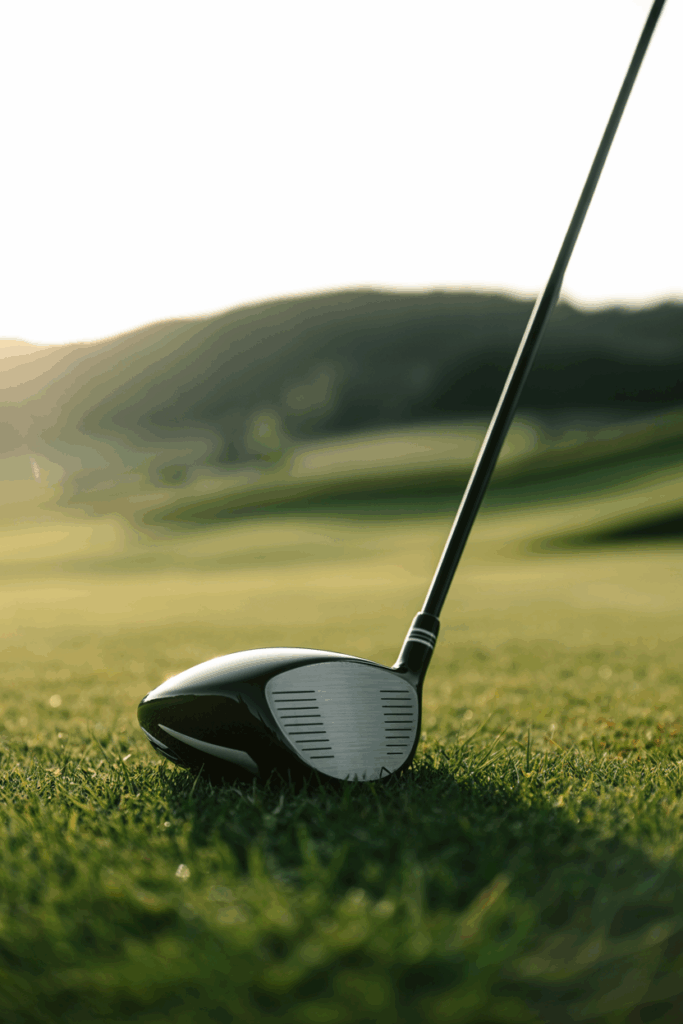
Even with the right beginner-friendly clubs, there are pitfalls to avoid. Many new golfers make mistakes that can hinder their learning and enjoyment. By knowing what to watch out for, you’ll be able to sidestep these traps and make smarter decisions about your gear.
🔧 Common Fitting Mistakes
- Wrong Shaft Flex: Using a shaft that’s too stiff or too flexible can cause major ball flight issues. Beginners should stick to regular flex unless they have unusually fast or slow swing speeds.
- Incorrect Club Length: Clubs that are too long or too short can ruin your posture and swing mechanics. Even a basic length check—based on your height and wrist-to-floor measurement—can make a big difference.
- Grip Size Issues: Grips that are too thick or too thin affect your ability to release the club properly. Make sure your grips feel natural and comfortable in your hands.
❌ Buying Based on Looks or Brand
It’s tempting to buy the shiniest new driver or the same irons your favorite pro uses, but as a beginner, performance and forgiveness should always outweigh aesthetics or prestige. Tour-level clubs are designed for precision, not forgiveness, and will only make learning harder.
❌ Ignoring Forgiveness
Some beginners believe they should “tough it out” with clubs that are harder to hit, thinking it will make them better faster. In reality, this only leads to frustration and slower progress. Start with forgiving clubs—you can always switch to more advanced equipment later.
❌ Overloading the Bag
Beginners often think they need every club under the sun, but too many options can overwhelm your decision-making on the course. Stick to the essentials and add clubs as your game develops.
✅ Smart Fitting Choices
While a full custom fitting may not be necessary right away, getting at least a basic assessment—length, flex, grip size—will set you up for better results. Many golf stores offer free fittings when you buy clubs, so take advantage of this service.
By avoiding these common mistakes and focusing on clubs that are comfortable, forgiving, and suited to your swing, you’ll build a foundation that supports improvement rather than holding you back.
Using Your Clubs to Improve

The right clubs don’t just make golf more enjoyable—they actively help you improve your skills. When you’re starting out, consistency is more important than perfection, and forgiving, beginner-friendly clubs allow you to build that consistency without being punished too harshly for mis-hits.
🏌️ Practice with Purpose
Having the right set means you can practice with confidence. Instead of worrying about whether your club is too advanced, you can focus on your swing mechanics. Hybrids, for example, let you practice long approach shots without the frustration that comes with trying to master a 3-iron. Oversized drivers help you work on tee shots by giving you a better chance of finding the fairway. Game improvement irons let you practice distance control and ball striking while still getting the ball airborne.
🎯 Building Confidence
Confidence is key in golf, and confidence often comes from knowing your equipment is working with you, not against you. Beginners who play with forgiving clubs are more likely to see early success—straighter drives, higher irons, fewer fat shots—which in turn motivates them to practice more and stick with the game. Positive reinforcement is a powerful teacher.
⏱️ Gradual Upgrades
As you improve, your clubs should evolve with you. You might start with a package set and, over time, swap out the driver for a more
Conclusion
Starting your golf journey with the right clubs is one of the smartest investments you can make in your game. While the sport itself demands patience, practice, and perseverance, your equipment should never be a source of frustration. By focusing on forgiveness, simplicity, and value, beginners can build a set that supports learning rather than hinders it. Remember that golf is not about owning the flashiest clubs, but about building confidence, enjoying progress, and developing consistency. As your swing improves and your love for the game grows, you can gradually refine your bag with upgrades that match your evolving skills. For now, choose wisely, practice often, and most importantly—enjoy the process. Every round you play is a step toward becoming the golfer you aspire to be.
